Home>Gardening & Outdoor>Garden Tools & Equipment>How Does A Leaf Blower Work
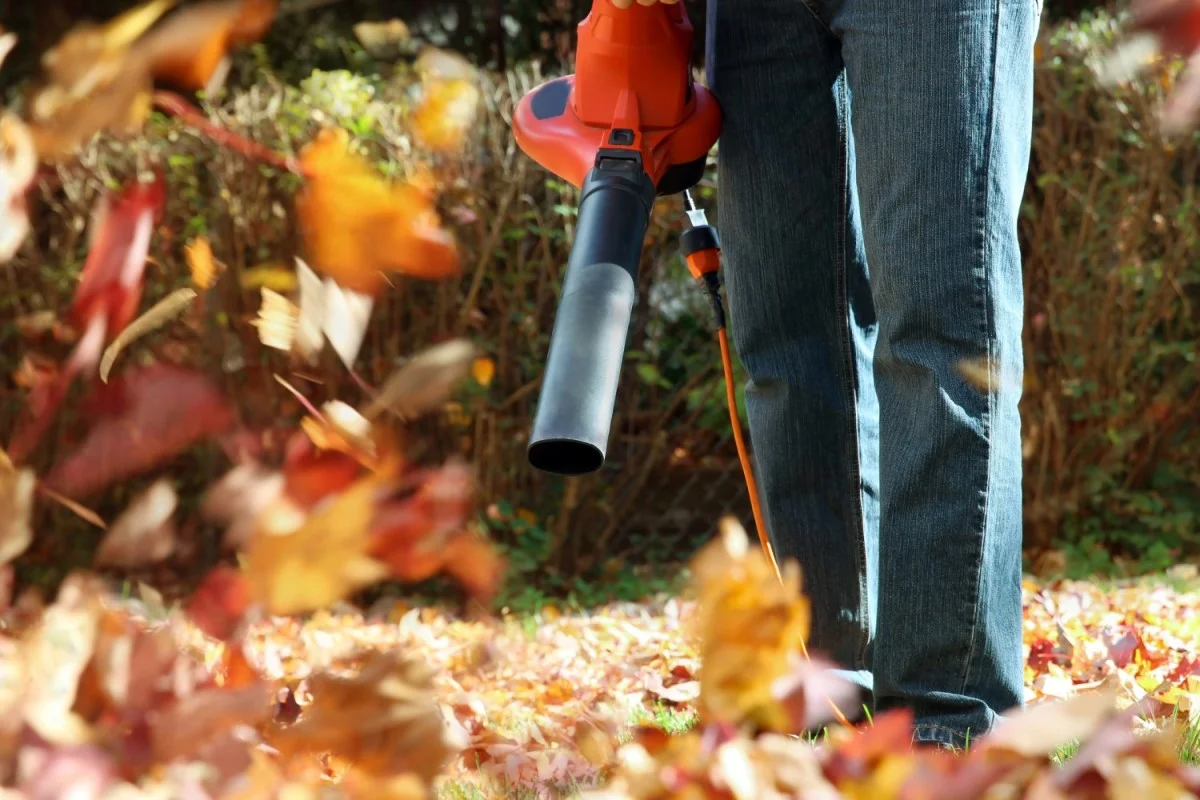

Garden Tools & Equipment
How Does A Leaf Blower Work
Modified: February 18, 2024
Learn how garden tools and equipment like leaf blowers work to keep your outdoor space clean and tidy. Discover the mechanics behind these efficient tools.
(Many of the links in this article redirect to a specific reviewed product. Your purchase of these products through affiliate links helps to generate commission for Storables.com, at no extra cost. Learn more)
Introduction
Welcome to the world of leaf blowers, where the chore of clearing leaves and debris becomes a breeze. Whether you're a seasoned gardener or a homeowner looking to keep your yard tidy, understanding the inner workings of a leaf blower can provide valuable insight into its functionality and help you make an informed choice when purchasing one.
Leaf blowers are versatile tools designed to efficiently clear leaves, grass clippings, and other debris from outdoor spaces. They come in various shapes, sizes, and power options, catering to different needs and preferences. Understanding how these machines operate can not only enhance your appreciation for their engineering but also empower you to use them more effectively.
In this article, we will delve into the fascinating world of leaf blowers, exploring their components, operation, and the different types available. By the end, you'll have a comprehensive understanding of how these powerful tools work and be better equipped to select the right one for your outdoor maintenance needs. So, let's embark on this journey to uncover the mysteries behind the functionality of leaf blowers.
Key Takeaways:
- Leaf blowers come in various types, from handheld to walk-behind, and are powered by electricity, gasoline, or battery. They efficiently clear leaves and debris, making outdoor maintenance a breeze.
- The key components of a leaf blower, including the engine, impeller, and blower tube, work together to generate powerful airflow, simplifying the task of clearing outdoor spaces.
Read more: How Much Does A Leaf Blower Weigh
Overview of Leaf Blower
Leaf blowers are essential outdoor maintenance tools designed to expedite the process of clearing leaves, debris, and grass clippings from yards, driveways, and other outdoor spaces. They offer a convenient and efficient alternative to manual raking, allowing users to accomplish the task in a fraction of the time.
These versatile machines come in three primary configurations: handheld, backpack, and walk-behind. Handheld leaf blowers are compact and lightweight, ideal for small to medium-sized properties. Backpack leaf blowers feature a harness that distributes the weight across the user’s back and shoulders, reducing strain during extended use. Walk-behind leaf blowers, resembling a small lawnmower, are suitable for larger areas and commercial applications.
Leaf blowers are powered by either electricity, gasoline, or battery, each offering distinct advantages. Electric leaf blowers are environmentally friendly, emitting zero emissions and requiring minimal maintenance. Gasoline-powered leaf blowers provide robust performance and unrestricted mobility, making them suitable for heavy-duty tasks. Battery-powered leaf blowers offer the convenience of cordless operation, allowing users to move freely without being tethered to a power source.
With varying airspeeds and airflow capacities, leaf blowers can effectively tackle different types of debris and surfaces. Some models feature mulching capabilities, allowing them to shred and compact the collected debris, reducing the frequency of emptying the collection bag.
Understanding the diverse options available and their respective features empowers users to select a leaf blower that aligns with their specific needs and preferences. Whether it’s maintaining a small backyard, clearing a vast expanse of land, or addressing commercial landscaping requirements, there’s a leaf blower tailored to meet the challenge.
Now that we’ve gained a broad understanding of leaf blowers and their variations, let’s explore the essential components that enable these machines to deliver exceptional performance in the next section.
Components of a Leaf Blower
Leaf blowers are intricate machines comprised of several essential components that work in harmony to generate and direct powerful airflow. Understanding these components provides valuable insight into the inner workings of these devices and their operational capabilities.
1. Engine: The engine serves as the powerhouse of the leaf blower, generating the necessary force to propel air at high speeds. Gasoline-powered leaf blowers feature two-stroke or four-stroke engines, while electric models are equipped with electric motors. The engine’s displacement and design directly influence the machine’s power output and overall performance.
2. Air Intake: Located near the engine, the air intake draws in ambient air, which is subsequently compressed and accelerated to create a high-velocity airflow. The design of the air intake impacts the blower’s efficiency in capturing and propelling debris.
3. Impeller: The impeller, often referred to as the fan or turbine, plays a pivotal role in accelerating the airflow. It consists of curved blades or vanes that rapidly spin, creating a suction force and propelling air at high speeds. The impeller’s design and material composition directly impact the blower’s airflow capacity and efficiency.
4. Blower Tube: The blower tube serves as the conduit through which the accelerated air is directed towards the target area. It may feature a nozzle or attachment to control the airflow pattern and velocity, allowing for precise debris displacement and collection.
5. Control Interface: The control interface, typically located near the handle or grip, houses the operational controls, including the throttle trigger, speed settings, and other adjustment mechanisms. This interface enables users to regulate the airflow intensity and direction, providing flexibility in addressing various cleaning scenarios.
6. Collection Bag (Optional): Some leaf blowers are equipped with a collection bag or vacuum attachment, allowing them to collect and mulch debris as it is displaced. This feature enhances the blower’s versatility, enabling efficient debris management without the need for additional tools.
By understanding the fundamental components of a leaf blower, users can appreciate the intricacy of its design and functionality. Each component plays a critical role in harnessing and directing airflow to accomplish the task at hand, whether it’s clearing leaves from a lawn or tidying up a commercial property.
Now that we’ve explored the key components of a leaf blower, let’s delve into the fascinating mechanics of how these components work together to produce the powerful airflow that characterizes leaf blower operation.
When using a leaf blower, start by pointing the nozzle at the area you want to clear and gradually increase the speed to avoid scattering debris everywhere.
How a Leaf Blower Works
Understanding the inner workings of a leaf blower unveils the fascinating mechanics behind its ability to generate and direct powerful airflow. The process begins with the activation of the engine or motor, initiating a sequence of events that culminate in the expulsion of high-velocity air capable of displacing leaves and debris.
1. Engine Activation: When the engine is started, whether it’s a gasoline-powered internal combustion engine or an electric motor, it sets the entire system in motion. The engine’s power output directly influences the airflow velocity and volume, determining the blower’s overall performance.
2. Air Intake and Compression: As the engine operates, the air intake draws in ambient air, which is subsequently compressed within the blower housing. This compression increases the air’s density and pressure, priming it for acceleration and expulsion through the blower tube.
3. Impeller Action: The impeller, a crucial component within the blower housing, rapidly spins as a result of the engine’s operation. The impeller’s rotation creates a low-pressure area, inducing a suction force that draws in the compressed air. As the air enters the impeller, it is accelerated and propelled towards the blower tube at high speeds.
4. Airflow Direction and Control: The blower tube, equipped with a nozzle or adjustable vent, directs the accelerated airflow towards the target area. By manipulating the blower’s control interface, users can regulate the airflow intensity and direction, allowing for precise leaf and debris displacement. This control facilitates efficient cleaning and maneuverability in diverse outdoor environments.
5. Optional Collection and Mulching: Some leaf blowers feature a collection bag or vacuum attachment, enabling them to capture and mulch the displaced debris. This integrated functionality streamlines the cleaning process, reducing the need for manual raking or additional debris management tools.
By comprehending the sequential processes involved in leaf blower operation, users can gain a deeper appreciation for the engineering ingenuity that enables these machines to streamline outdoor maintenance tasks. The seamless coordination of the engine, impeller, and airflow control mechanisms results in a potent tool for clearing leaves and debris with remarkable efficiency.
Now that we’ve explored the mechanics of how a leaf blower operates, let’s turn our attention to the different types of leaf blowers available, each offering unique features and benefits to cater to diverse user needs and preferences.
Types of Leaf Blowers
Leaf blowers are available in various configurations, each tailored to specific applications and user preferences. Understanding the distinct characteristics of each type empowers users to select a leaf blower that aligns with their unique needs and operational requirements.
1. Handheld Leaf Blowers: Compact and maneuverable, handheld leaf blowers are ideal for small to medium-sized properties. They offer portability and ease of use, allowing users to navigate tight spaces and intricate landscaping features. While they may have slightly lower power outputs compared to larger models, handheld leaf blowers excel in residential applications and light-duty yard maintenance tasks.
2. Backpack Leaf Blowers: Designed for extended use and enhanced mobility, backpack leaf blowers feature a harness that distributes the machine’s weight across the user’s back and shoulders. This ergonomic design reduces strain during prolonged operation, making them well-suited for larger properties and commercial landscaping endeavors. With robust power outputs, backpack leaf blowers can efficiently tackle heavy debris and expansive outdoor areas.
3. Walk-Behind Leaf Blowers: Resembling a small lawnmower, walk-behind leaf blowers are tailored for substantial clearing tasks, such as commercial properties, parks, and large estates. These powerful machines offer exceptional airflow capacity and coverage, allowing users to swiftly clear vast expanses of leaves and debris. Walk-behind leaf blowers are particularly effective for high-volume applications and demanding outdoor maintenance requirements.
4. Gasoline-Powered Leaf Blowers: Gasoline-powered leaf blowers provide robust performance and unrestricted mobility, making them suitable for heavy-duty tasks and extended operation. They offer exceptional power outputs, enabling users to tackle challenging debris and terrain with ease. However, they require regular fueling and maintenance, and their operation generates exhaust emissions.
5. Electric Leaf Blowers: Electric leaf blowers, available in corded and cordless (battery-powered) variants, offer environmentally friendly operation with minimal maintenance. Corded electric leaf blowers provide consistent power without the need for refueling, while cordless models offer unrestricted mobility for hassle-free outdoor maintenance. They are well-suited for residential use and environmentally conscious users seeking quiet and emission-free operation.
By understanding the diverse types of leaf blowers and their respective attributes, users can make informed decisions when selecting a model that best suits their outdoor maintenance needs and operational preferences. Whether it’s clearing leaves from a small backyard or maintaining expansive commercial landscapes, there’s a leaf blower designed to streamline the task at hand.
Now that we’ve explored the various types of leaf blowers, let’s conclude our journey through the world of these remarkable outdoor maintenance tools.
Read more: How To Start Leaf Blower
Conclusion
As we conclude our exploration of leaf blowers, we’ve gained valuable insights into the intricate components, operational mechanics, and diverse types that define these indispensable outdoor maintenance tools. From handheld models tailored for residential use to walk-behind behemoths designed for commercial applications, leaf blowers offer a spectrum of options to address a wide range of outdoor maintenance needs.
Understanding the fundamental components of a leaf blower, including the engine, impeller, and blower tube, provides a deeper appreciation for the engineering prowess that drives these machines’ exceptional performance. The seamless coordination of these components enables leaf blowers to generate and direct powerful airflow, simplifying the task of clearing leaves, debris, and grass clippings from outdoor spaces.
The operational mechanics of a leaf blower, from engine activation to impeller action and airflow control, underscore the precision and efficiency with which these machines accomplish their intended purpose. Whether it’s a handheld blower delicately navigating around landscaping features or a walk-behind blower swiftly clearing expansive areas, the operational intricacies remain a testament to the engineering ingenuity behind leaf blower design.
Furthermore, the diverse types of leaf blowers, including handheld, backpack, walk-behind, gasoline-powered, and electric variants, cater to the specific requirements and preferences of users. This variety ensures that homeowners, landscapers, and commercial property managers can find a leaf blower that aligns with their operational needs, property size, and environmental considerations.
As we’ve embarked on this journey through the world of leaf blowers, we’ve uncovered the remarkable capabilities and versatility that these outdoor maintenance tools offer. Whether it’s the convenience of a handheld blower for residential use, the mobility and power of a backpack blower, or the sheer capacity of a walk-behind blower for commercial landscapes, leaf blowers stand as indispensable allies in the battle against outdoor debris.
Armed with a comprehensive understanding of leaf blowers, their components, operation, and types, users are equipped to make informed decisions when selecting a model that best suits their outdoor maintenance requirements. With the right leaf blower at their disposal, users can efficiently clear leaves and debris, maintaining pristine outdoor spaces with ease and precision.
So, as you venture into the realm of outdoor maintenance or consider upgrading your leaf blower, may this knowledge serve as a guiding light, empowering you to make the most of these remarkable tools and simplify the task of keeping your outdoor spaces clean and inviting.
Frequently Asked Questions about How Does A Leaf Blower Work
Was this page helpful?
At Storables.com, we guarantee accurate and reliable information. Our content, validated by Expert Board Contributors, is crafted following stringent Editorial Policies. We're committed to providing you with well-researched, expert-backed insights for all your informational needs.
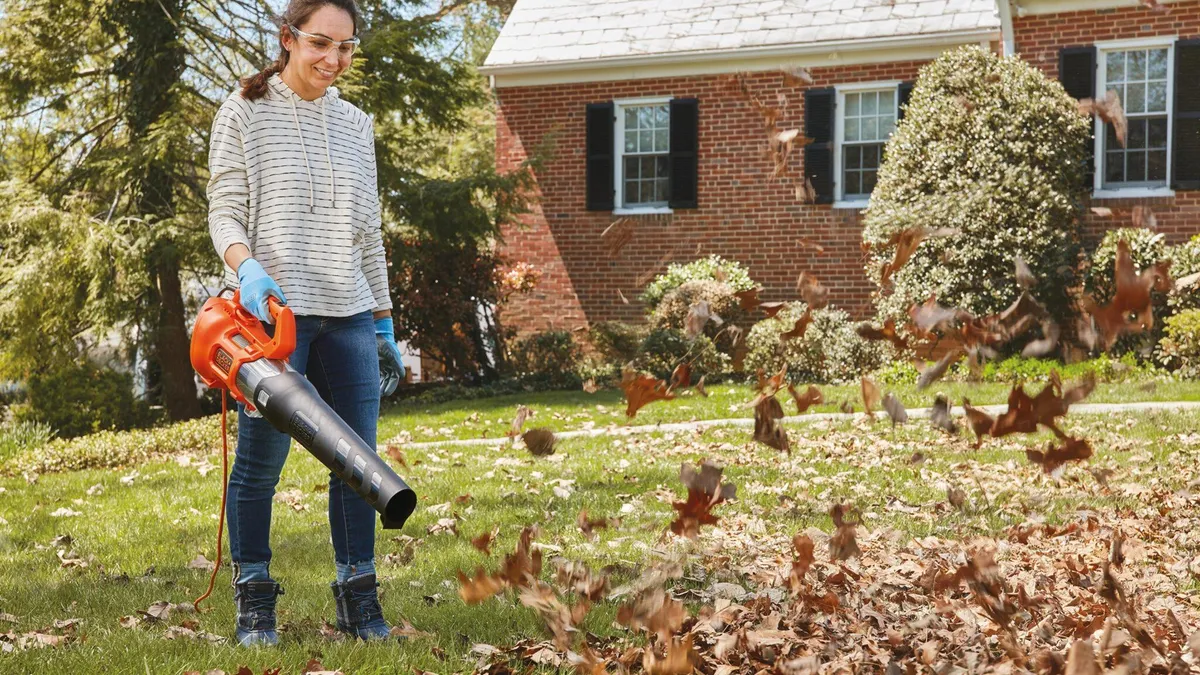
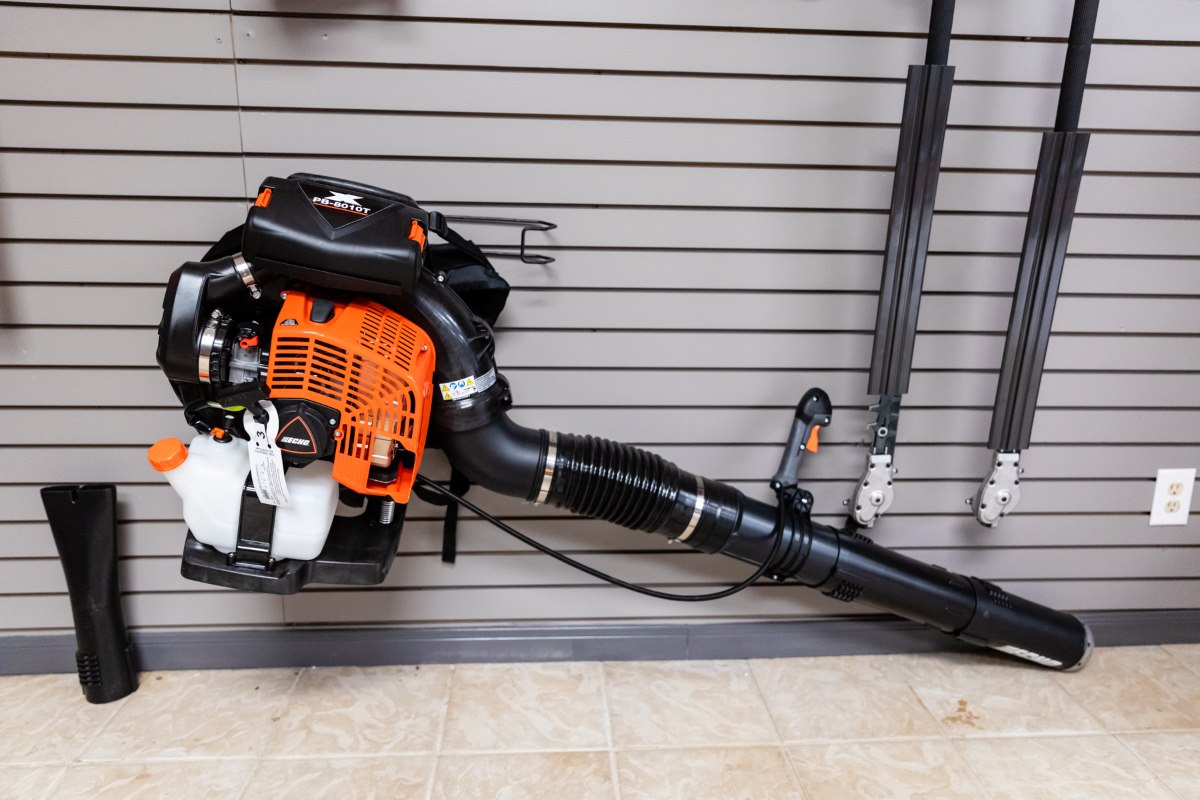
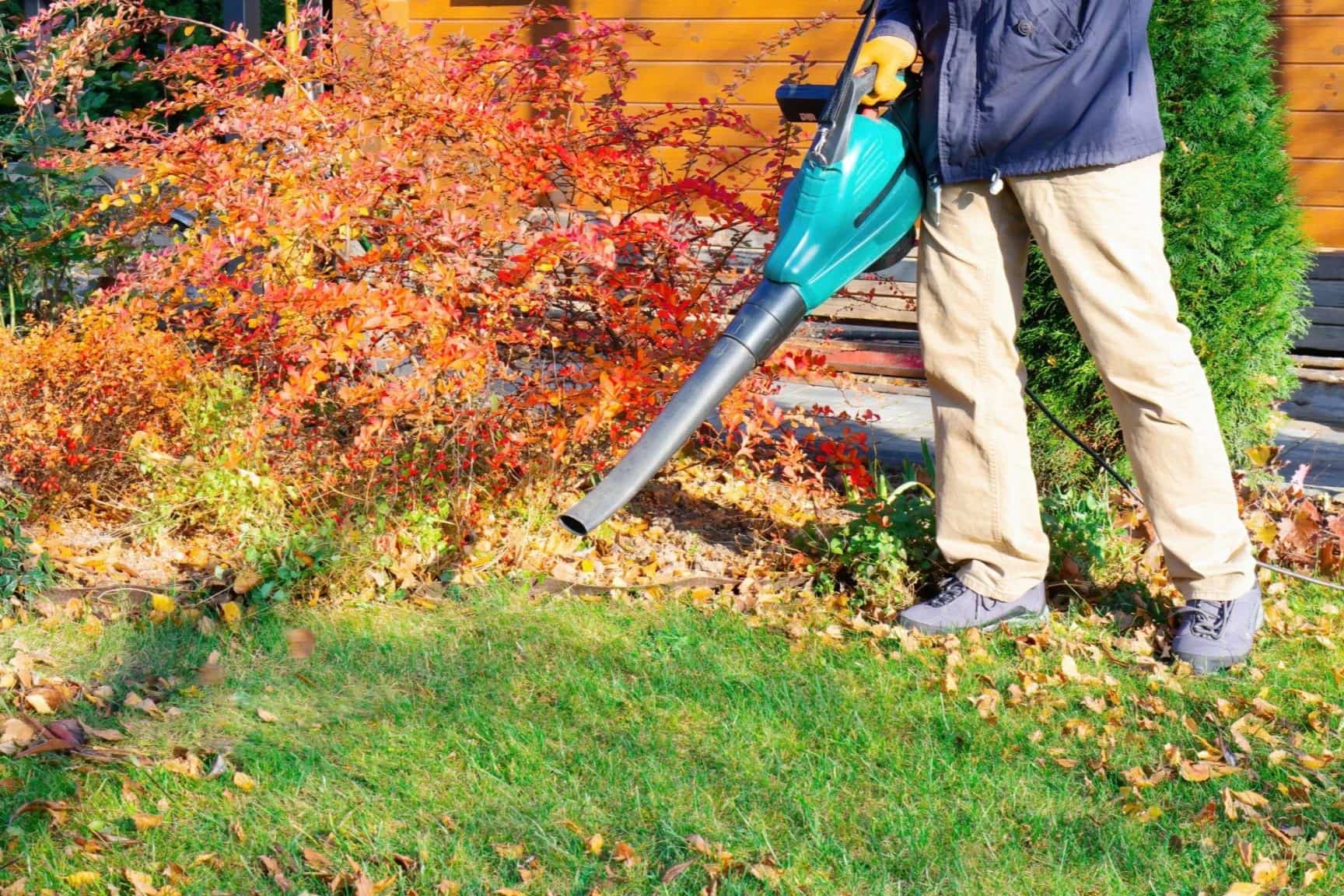
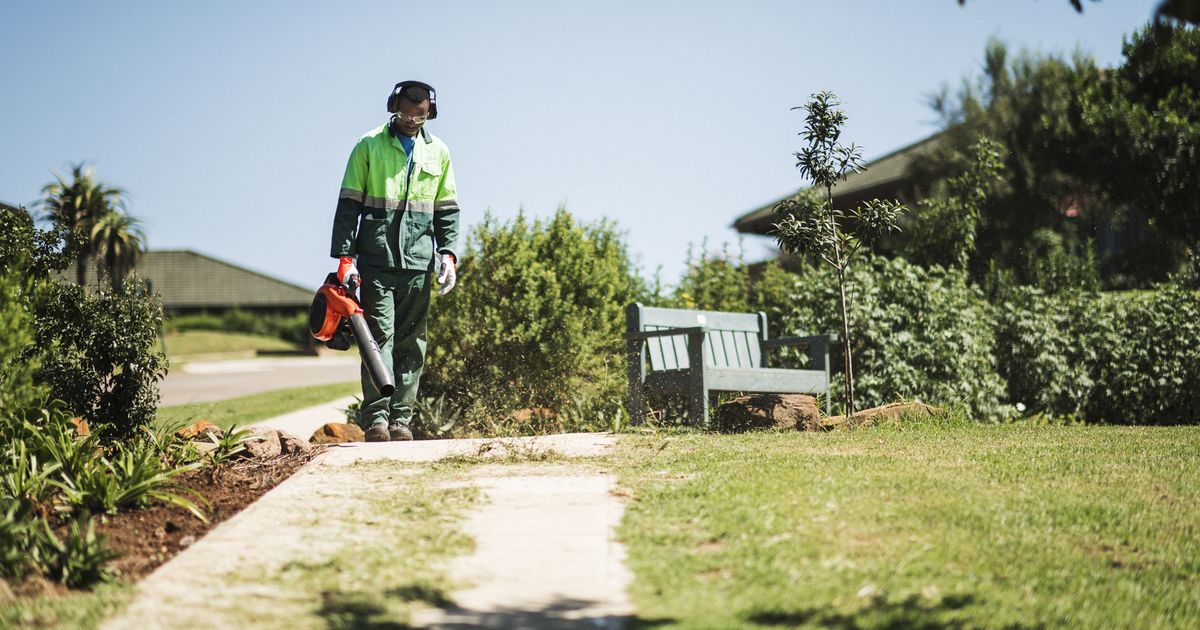
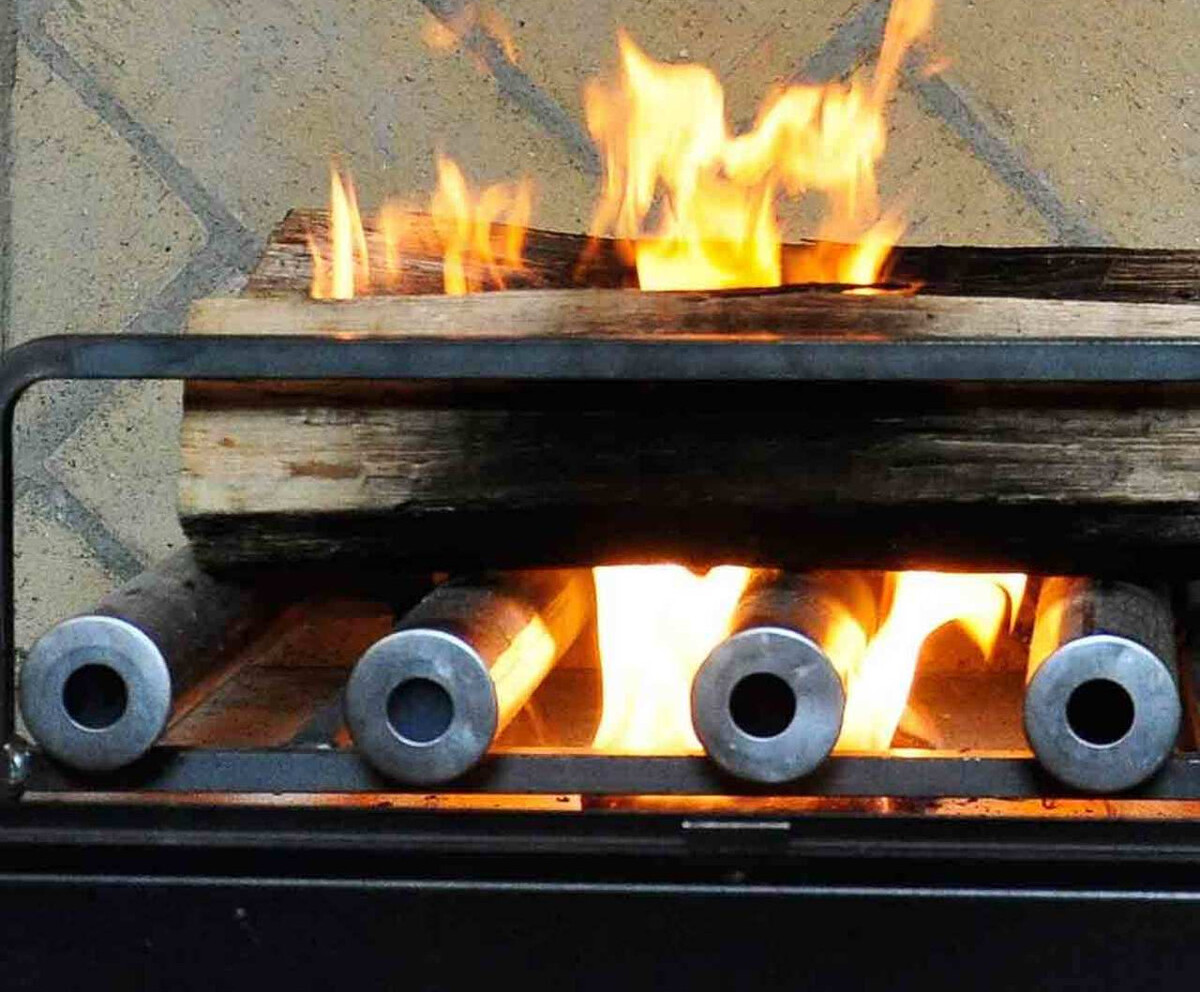
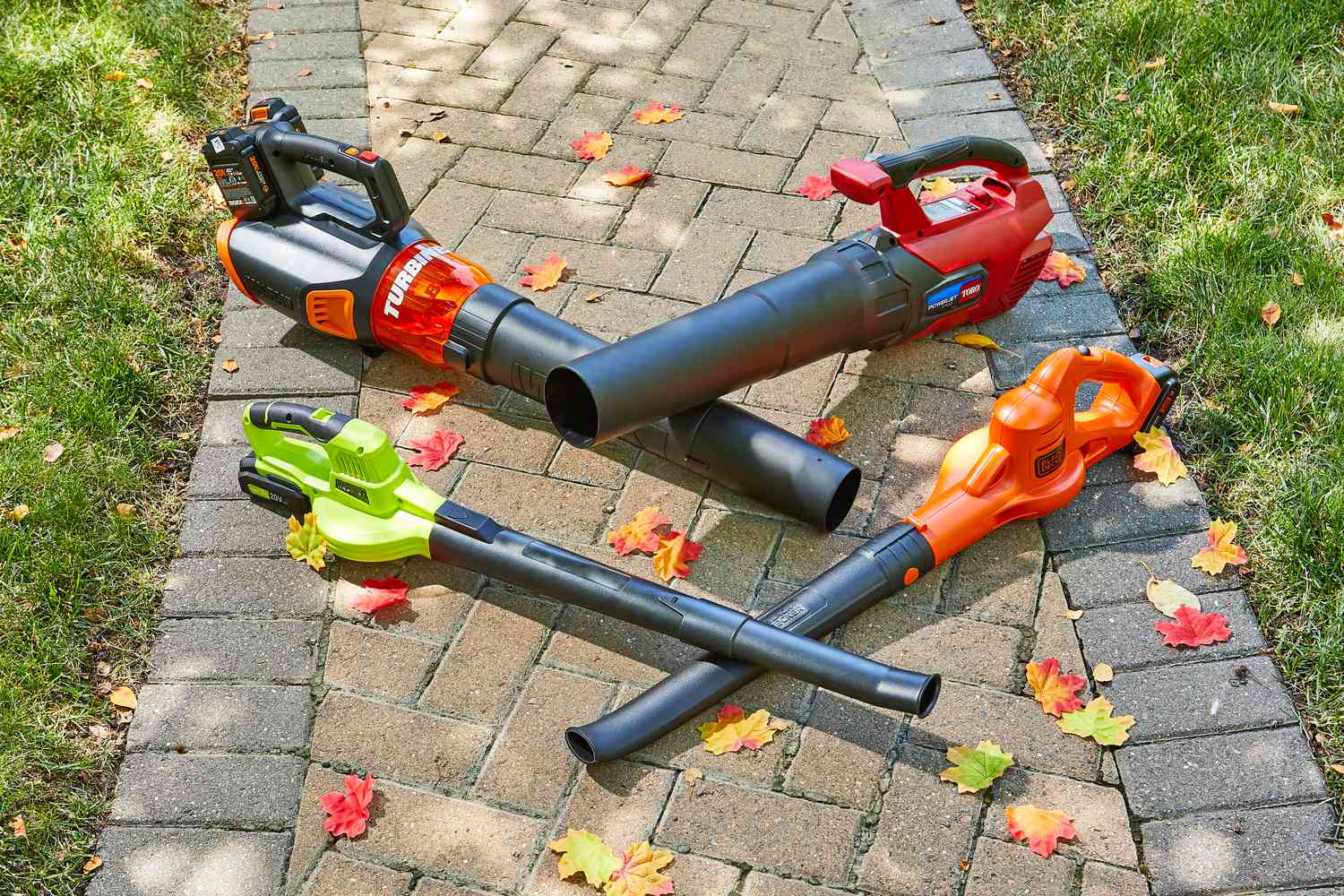
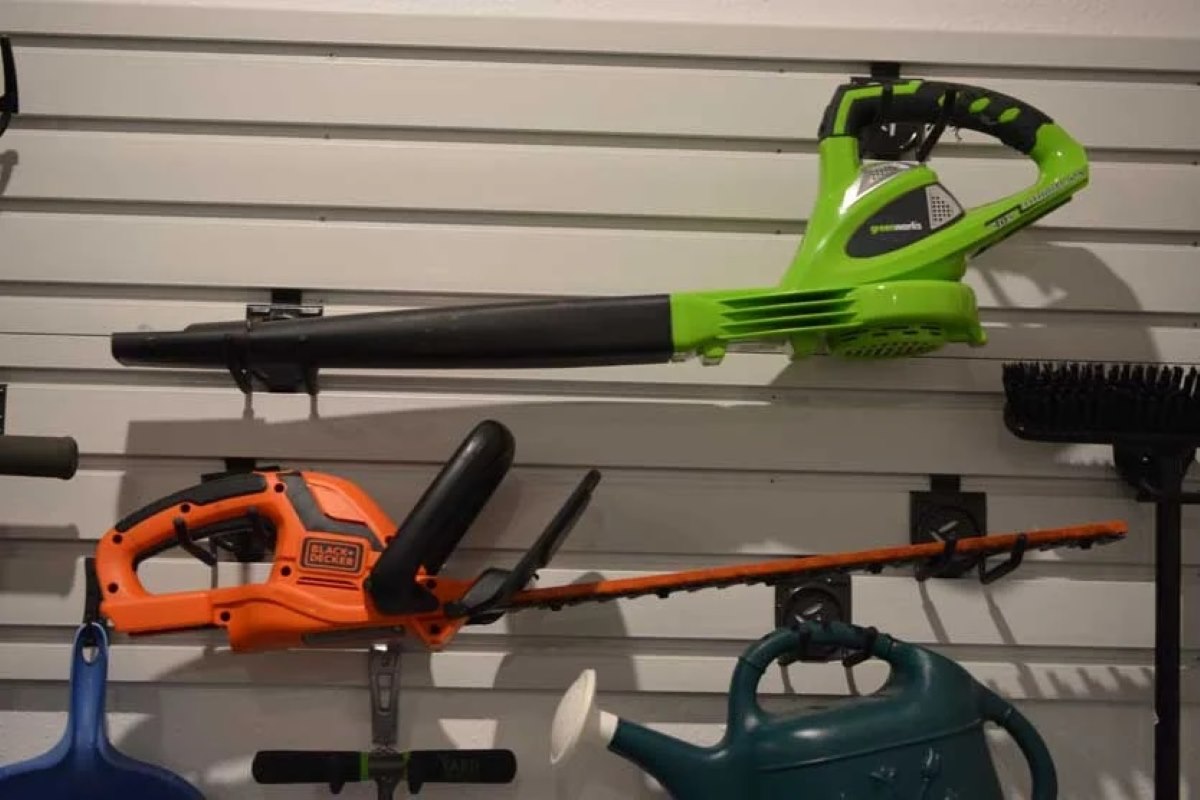
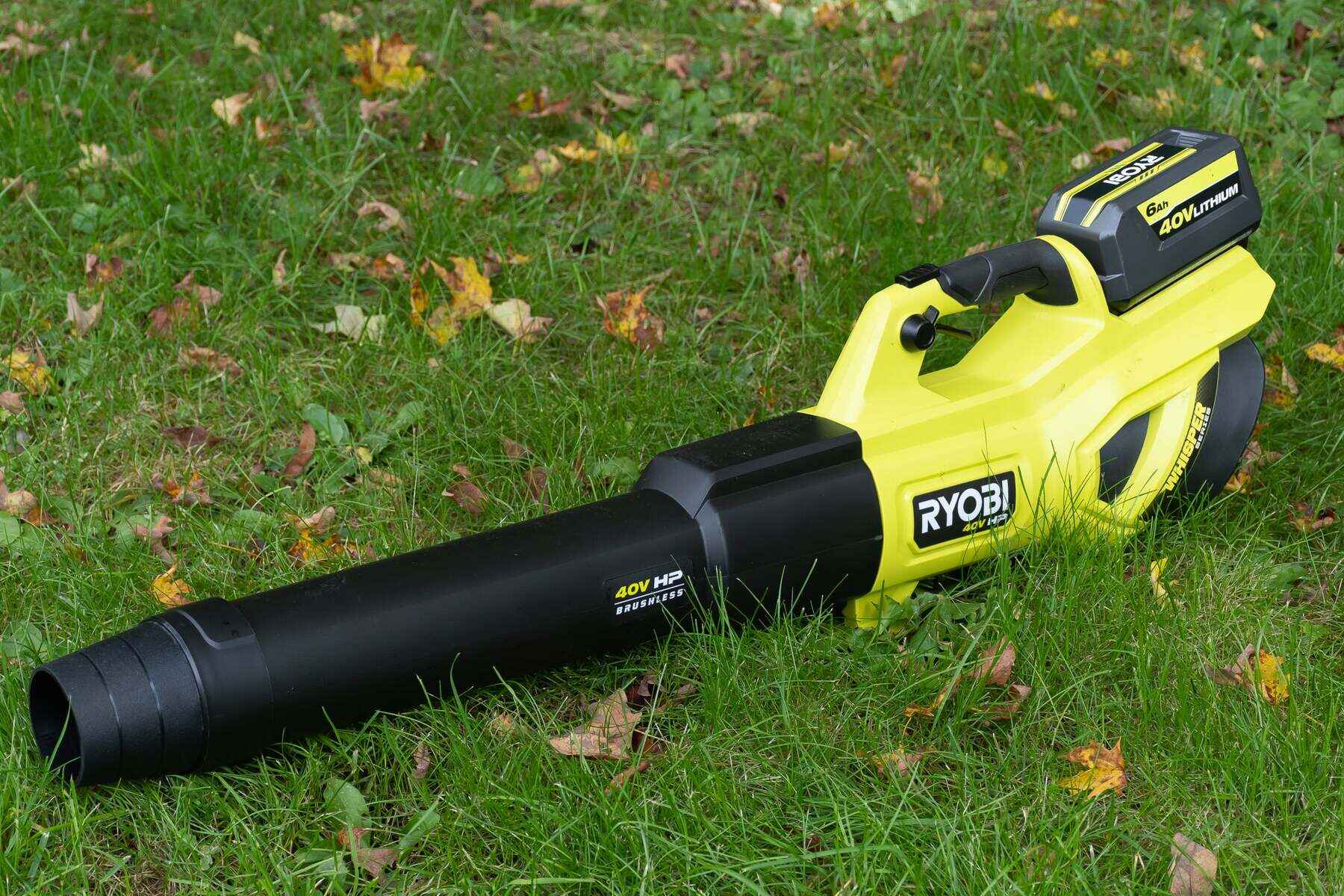
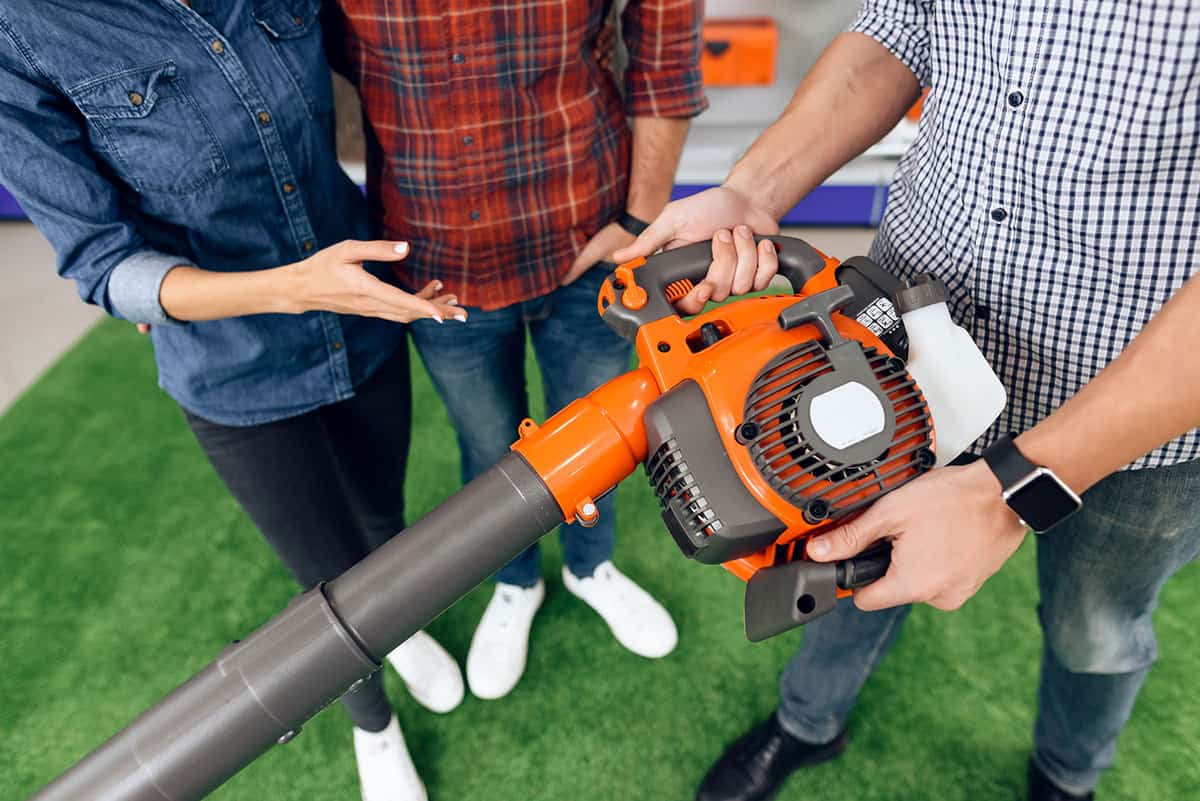
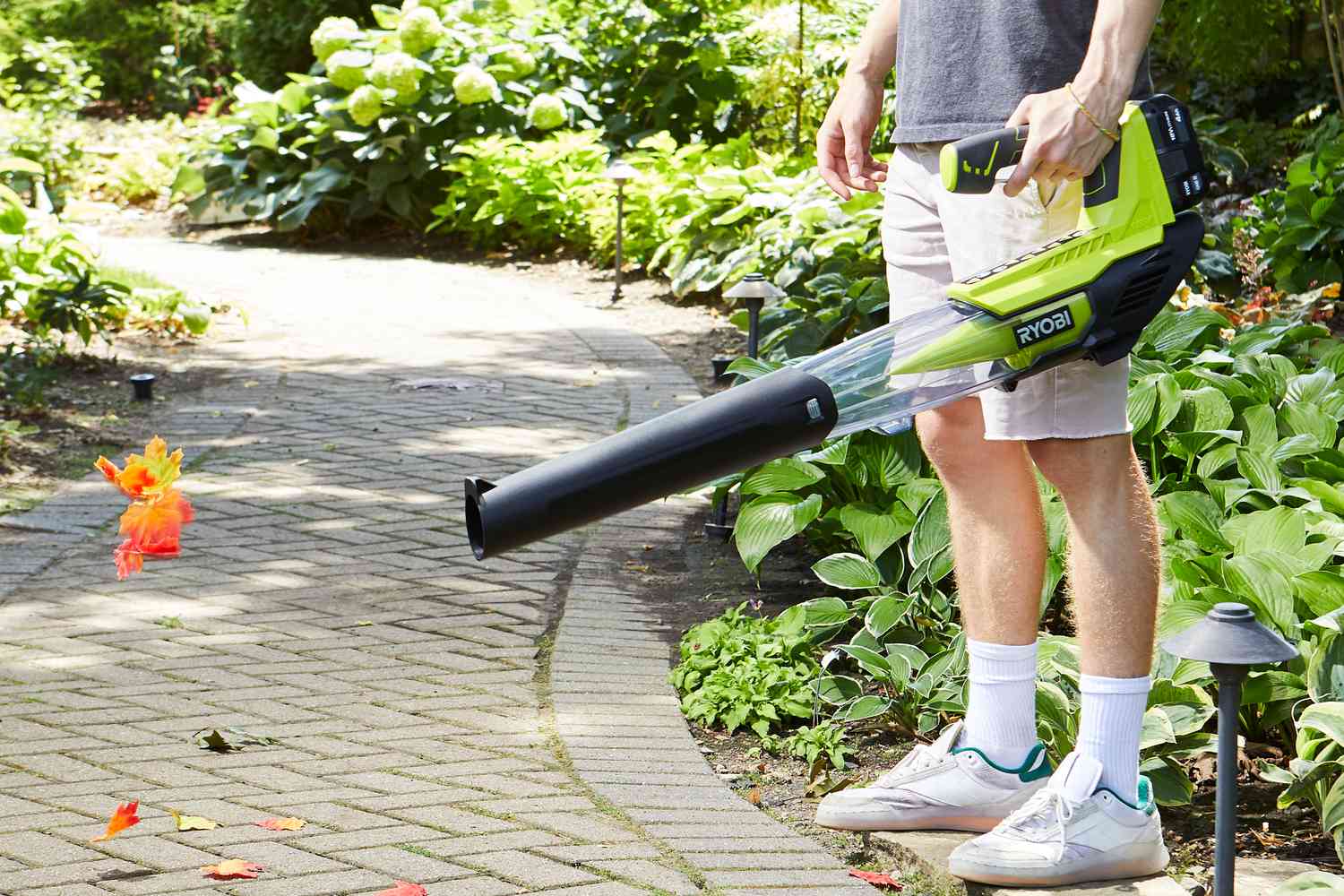
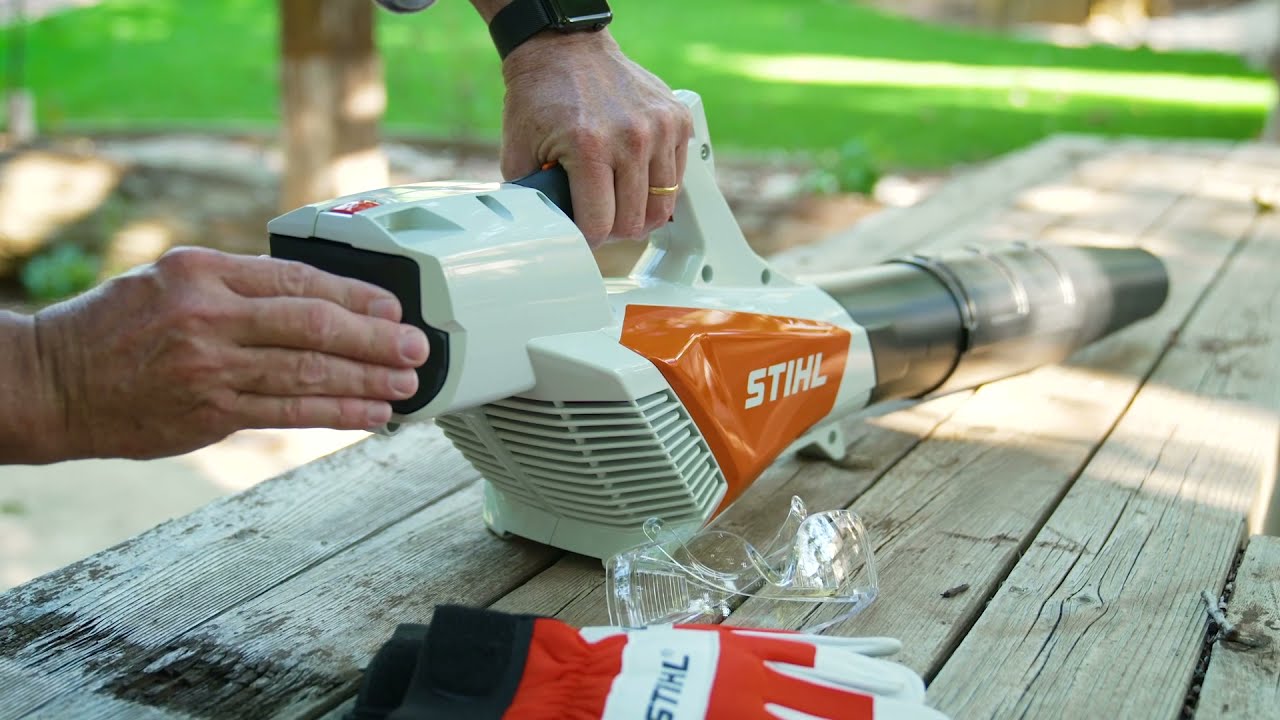

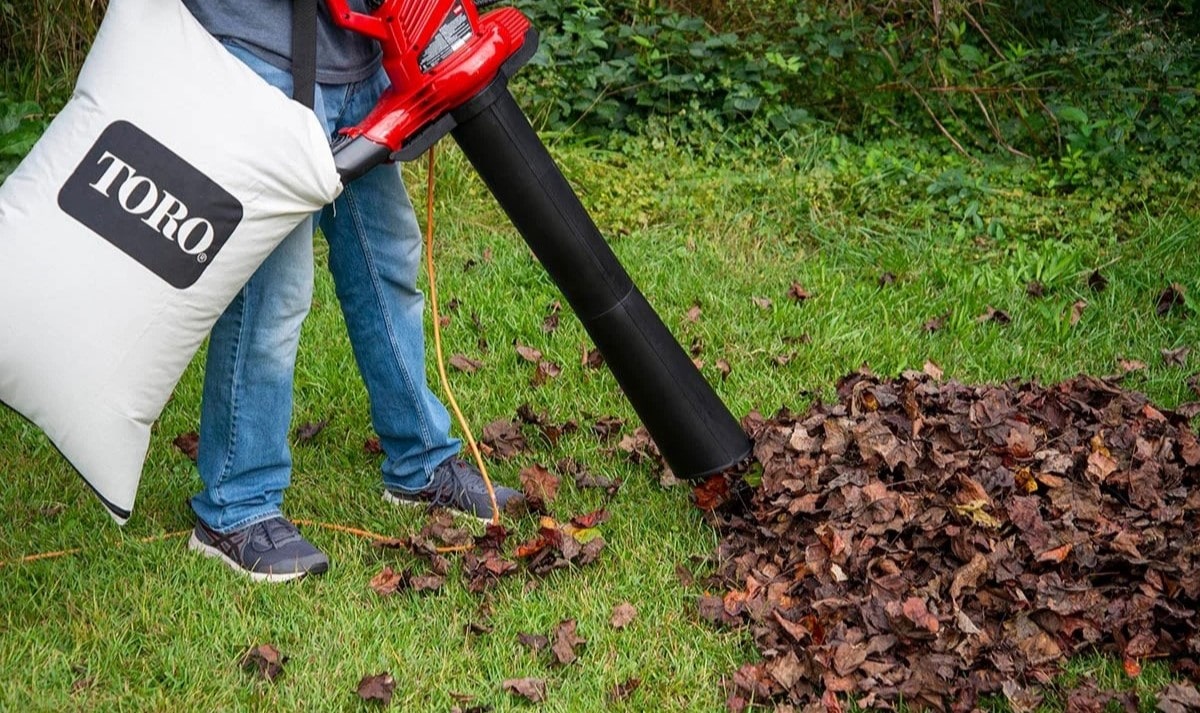
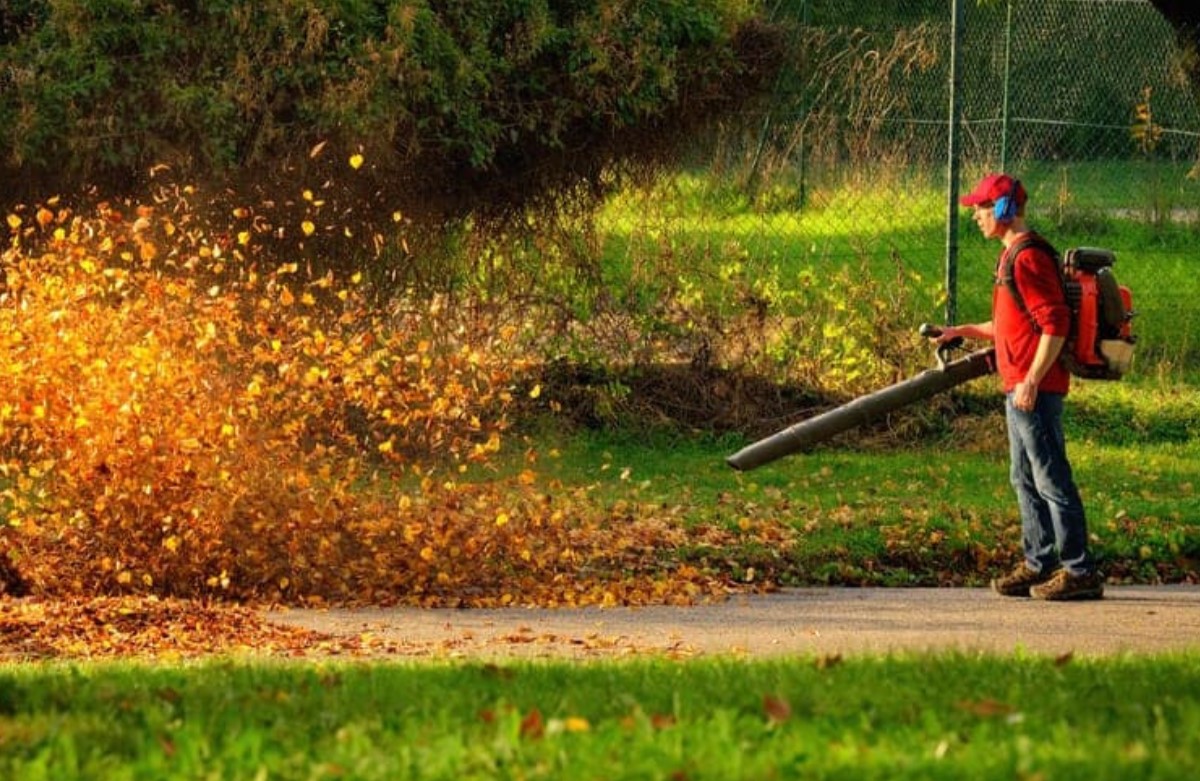

0 thoughts on “How Does A Leaf Blower Work”